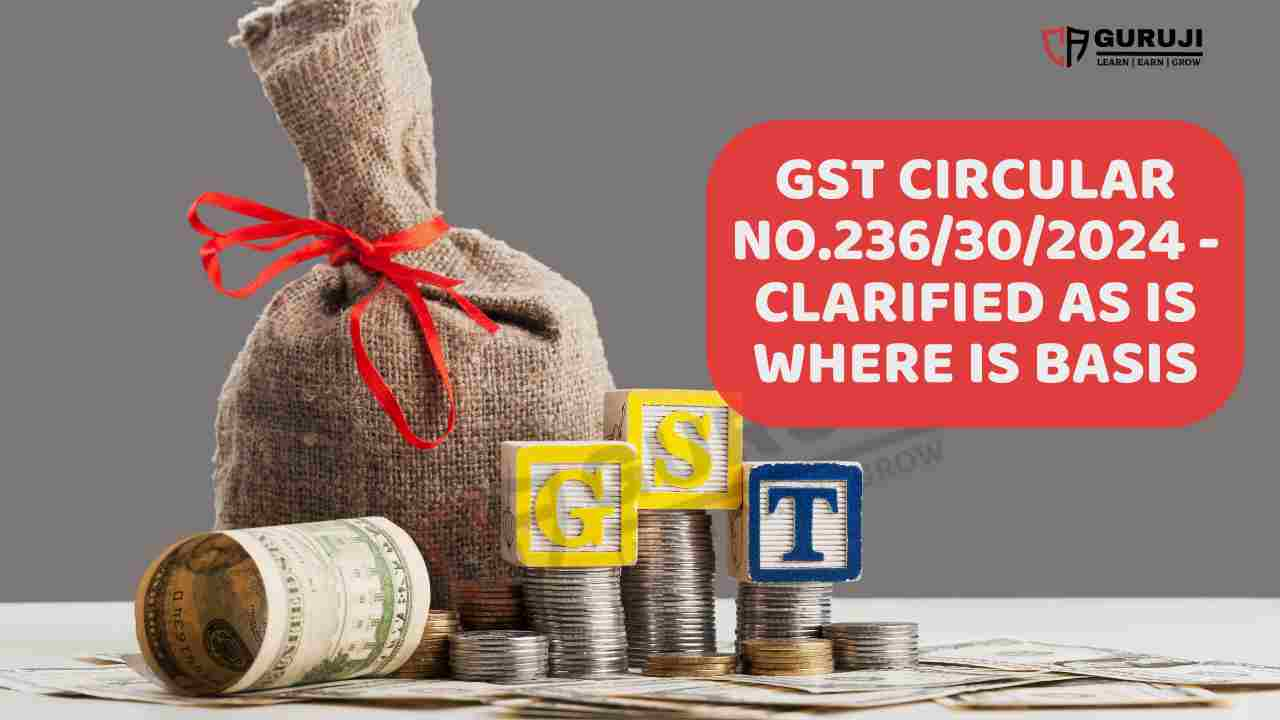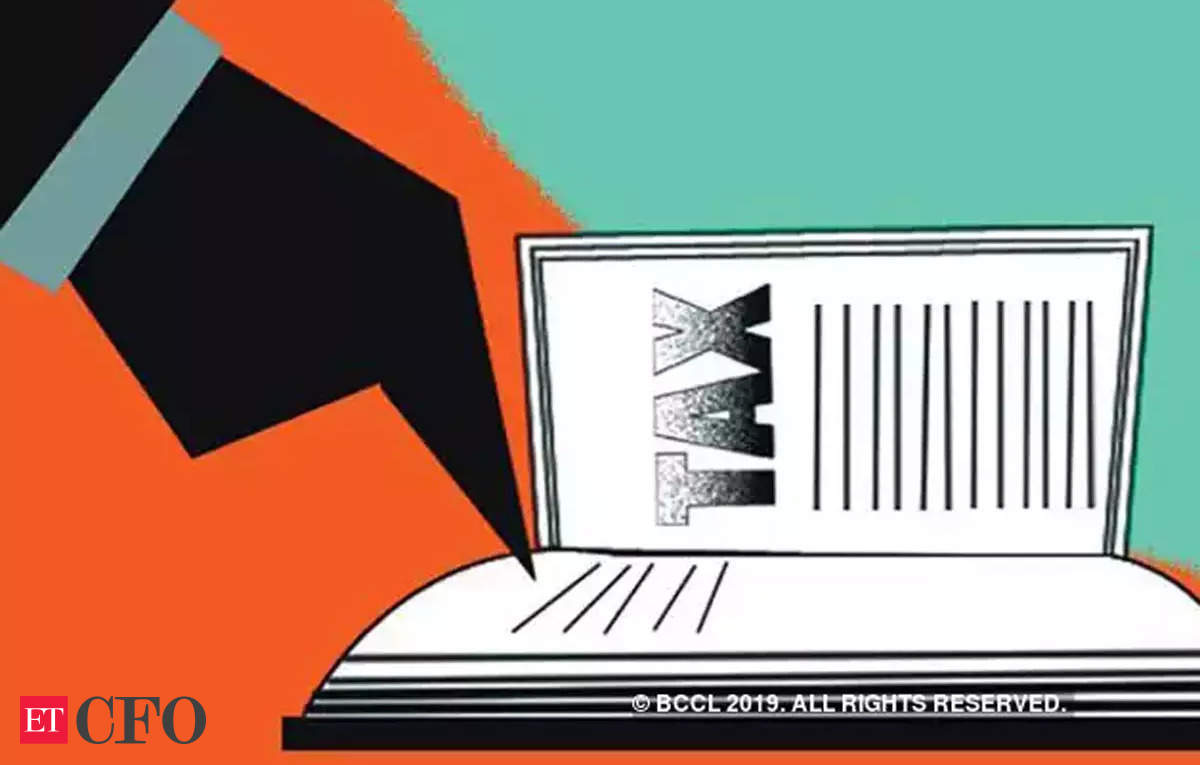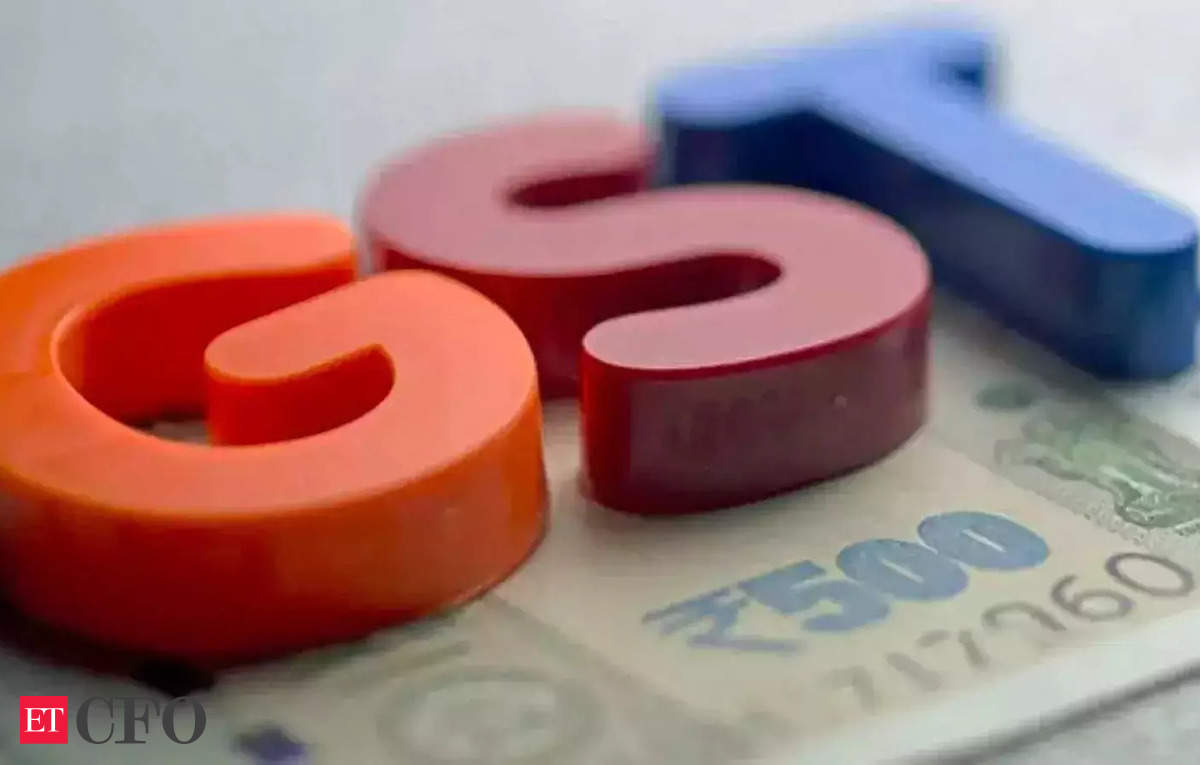The CBIC has issued Circular No. 236/30/2024-GST, dated October 11, 2024, providing essential clarifications regarding the scope of the term “as is” or “as is, where is basis” as used in various GST circulars. These circulars are based on the recommendations of the GST Council to clarify the applicable GST rates and classification of certain goods and services.
Key Clarifications and Insights from the Circular:
Background:
- Field formations and the trade community have raised concerns about the interpretation of “as is” or “as is, where is basis” in various GST circulars, particularly where there are competing GST rates or exemption entries.
- These circulars were issued to regularize past GST payments where taxpayers had genuine doubts about the applicable GST rate or classification.
GST Council’s 54th Meeting:
- In the 54th GST Council meeting (September 9, 2024), the Council recommended that a clarification should be issued to explain the intent behind the use of the terms “as is” and “as is, where is basis.”
Regularization under “As is” or “As is, Where is Basis”:
- In certain cases, the GST Council has recommended regularizing past GST payments where there were disputes or doubts about applicable rates, resulting in varied GST payments by different taxpayers.
- Regularization has been recommended in cases where:
- There were two competing GST rate entries.
- Some suppliers paid a lower GST rate (including nil rates due to exemption entries), while others paid higher rates.
- The Council clarified that if tax was paid at a higher rate, no refund will be granted for the difference.
Meaning of “As is” or “As is, Where is Basis”:
- The phrase typically applies to transactions, meaning the property (or liability) is transferred in its current condition, with the transferee accepting it with any faults or defects.
- In GST terms, this means that if the taxpayer has paid GST at a lower rate, or claimed an exemption, it will be accepted as a full discharge of tax liability for the period that is regularized. However, no refunds will be provided if a higher rate was paid.
Illustrations Provided:
- Illustration 1: In cases where certain taxpayers paid 5% GST on a supply, while others paid 12%, and the GST Council recommends reducing the rate to 5% prospectively and regularizing the past, the 5% paid by taxpayers will be treated as full tax payment. No refund will be granted to those who paid 12%.
- Illustration 2: If some taxpayers paid 5% GST, while others claimed an exemption (nil rate), the non-payment of GST by the latter will be accepted as full discharge. Those who paid 5% will not be entitled to a refund.
- Illustration 3: If some taxpayers paid 5%, others paid 12%, and some did not pay any GST, and the GST Council clarifies that the applicable rate is 12%, those who paid 5% will not have to pay the differential, but those who did not pay GST will be liable to pay the applicable rate of 12%.
Implementation Instructions:
- Field formations have been instructed to implement the clarifications and pass on the relevant instructions.
- The circular clarifies that under the “as is, where is basis,” payment at lower rates will be accepted as full discharge of tax liability, and no refund will be provided for payments made at higher rates. Taxpayers who have not paid any tax will need to pay the applicable rate.
Visit www.cagurujiclasses.com for practical courses










